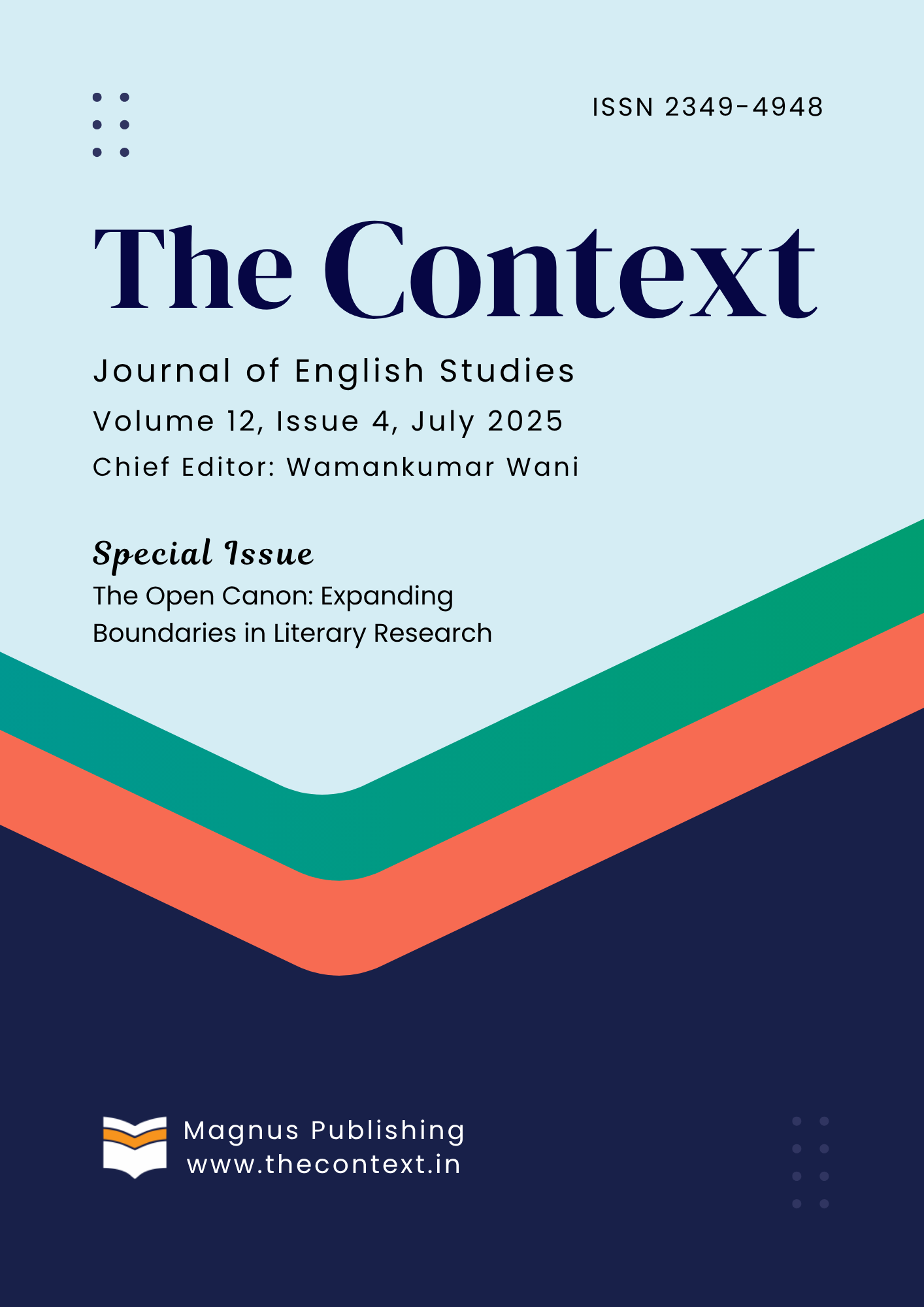Canon Formation and Power Dynamics in India: A Study of Dalit and Adivasi Literary Exclusion in Postcolonial Curricula
https://doi.org/10.5281/zenodo.15807325
Keywords:
Canon, Postcolonial India, Dalit, Adivasi Literatures, LanguageAbstract
This paper analyses the institutional and structural factors that have influenced the development of the literary canon in postcolonial India, with a focus on the exclusion of Dalit and Adivasi literatures from mainstream curricula and national scholarly recognition. Although English- and upper-caste-dominated canons were established by colonial education systems, similar hierarchical structures have been frequently maintained by post-independence organisations, such as the NCERT, Sahitya Akademi, and large universities. The institutional marginalisation of subaltern voices—particularly those of Dalit and Adivasi writers—through selective critical praise, publishing gatekeeping, and curriculum omissions is the main issue this study attempts to address. The purpose of this research is to examine new counter-canonical practices that challenge and reinterpret prevailing narratives, as well as to investigate how caste, language, and institutional power intersect to shape literary value and legitimacy in India. This study examines the methods of exclusion and the tactics of resistance, drawing on theoretical frameworks from Dalit studies, postcolonial theory, and the sociology of literature. The paper advocates for a decolonised and inclusive literary canon that represents India's linguistic, cultural, and socioeconomic diversity through critical engagement with curricula, anthologies, award histories, and alternative publishing platforms.
Downloads
Downloads
Published
How to Cite
Issue
Section
License
Copyright (c) 2025 The Context

This work is licensed under a Creative Commons Attribution 4.0 International License.






